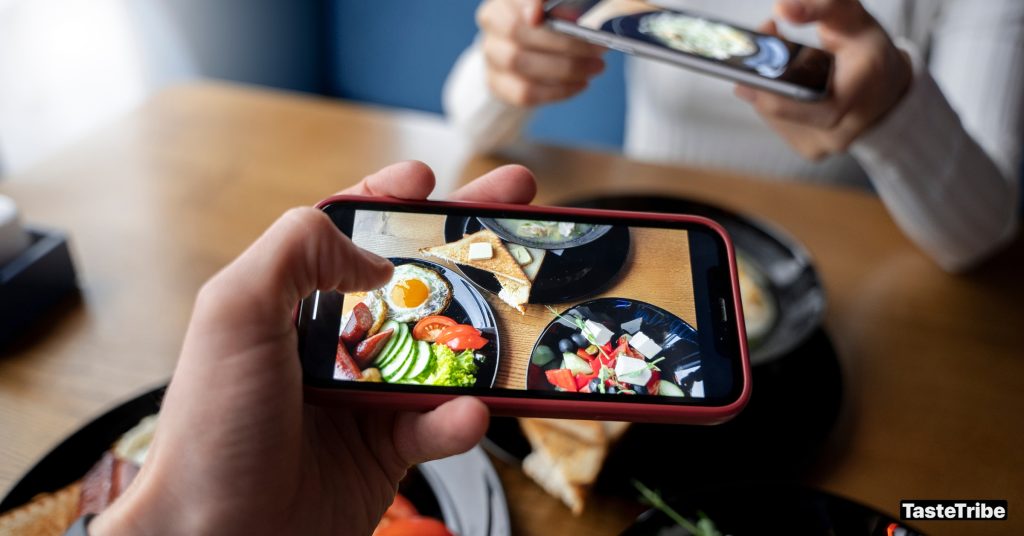
The world of social media has changed the way consumers discover and engage with food. From mouthwatering dishes shared on Instagram to viral cooking challenges on TikTok, food is no longer just about taste—it’s about visual appeal, storytelling, and social interaction. At the heart of this shift are foodie influencers, whose impact on restaurant marketing continues to grow.
In 2024, the demand for foodie influencers and their content is expected to reach new heights, and more restaurants are partnering with local influencers to boost their online presence and draw in customers. In this blog, we’ll explore why foodie influencers are only going to get more popular, how their content is transforming the restaurant industry, and why restaurants need to jump on the influencer marketing bandwagon.
1. The Rise of Visual Food Culture
Over the last decade, social media platforms like Instagram and TikTok have transformed food into a highly visual experience. Instead of discovering new restaurants through traditional advertising or word-of-mouth, today’s consumers are turning to their favorite foodie influencers for inspiration. From beautifully styled photos of gourmet meals to behind-the-scenes videos of chefs preparing dishes, food content is one of the most consumed genres online.
Foodie influencers thrive on platforms that prioritize visual content. Their ability to create stunning food photos and engaging videos allows them to connect with audiences in a way that feels personal and authentic. By showcasing their dining experiences, they make their followers want to taste the same dishes for themselves, driving both online engagement and in-person visits to restaurants.
2. Local Foodie Influencers Will Dominate The Scene
While mega-influencers with millions of followers may get a lot of attention, it’s local foodie influencers who are making the biggest impact on small and medium-sized restaurants. These influencers have highly engaged audiences in specific geographic areas, making them perfect for promoting local dining establishments.
Local influencers understand their community’s dining preferences, and their recommendations often carry significant weight within that community. Restaurants that partner with these influencers can benefit from targeted marketing campaigns that directly reach their desired customer base. By promoting a restaurant’s dishes, ambiance, and service, local influencers help drive foot traffic from nearby customers who are eager to try new spots.
Case in Point:
Consider the growing trend of restaurants collaborating with micro-influencers—individuals who have a smaller but highly engaged following. These influencers are often locals who are passionate about food and are trusted within their communities. A well-timed post or story from a local influencer can lead to a surge in reservations and an increase in online engagement.
3. The Power of User-Generated Content

User-generated content (UGC) is becoming an essential marketing tool for restaurants, and foodie influencers play a huge role in creating and amplifying this content. By partnering with influencers, restaurants gain access to professionally crafted content that can be shared across their social media platforms.
Influencers often encourage their followers to share their own dining experiences, tagging both the influencer and the restaurant. This creates a ripple effect, where one influencer’s post leads to dozens—or even hundreds—of user-generated posts. These organic posts can further boost the restaurant’s visibility and reputation, all while creating a sense of community among diners.
4. Foodie Influencers Create an Aspirational Dining Experience
In 2024, people aren’t just looking for good food—they’re seeking unique, shareable experiences. Foodie influencers excel at transforming a simple meal into an aspirational moment. They don’t just take pictures of their food; they capture the entire dining experience, from the ambiance of the restaurant to the presentation of the dish to the story behind it.
Restaurants that work with influencers can use this to their advantage by creating dining experiences that are visually appealing and memorable. For example, some restaurants design “Instagrammable” dishes—meals that are specifically created to be photographed and shared online. This can include anything from colorful cocktails to intricately plated desserts.
5. The Growing Popularity of Short-Form Video Content
Platforms like TikTok and Instagram Reels have revolutionized how food is shared online. Short-form videos are fast-paced, engaging, and easy to consume, making them perfect for showcasing food content. Influencers are tapping into this trend by creating bite-sized videos that highlight everything from restaurant reviews to cooking tutorials to food challenges.
Restaurants that collaborate with influencers to create short-form videos can tap into a new audience and create viral moments that drive more traffic. Whether it’s a quick video of a dish being prepared or a behind-the-scenes look at the kitchen, these videos can have a big impact on a restaurant’s visibility.
6. Influencer Partnerships Will Become a Standard Practice
As the influence of social media continues to grow, more restaurants are recognizing the value of partnering with foodie influencers. In 2024, influencer marketing is no longer just an option—it’s becoming a standard practice for restaurants looking to stay competitive in a crowded market. Those that invest in long-term relationships with influencers can expect to see consistent growth in both foot traffic and online engagement.
Conclusion
In a world where social media plays a crucial role in dining decisions, partnering with foodie influencers is one of the smartest moves a restaurant can make. From increasing foot traffic to building an online presence, influencers have the power to help restaurants thrive in 2024 and beyond.
This is why influencers should double-down on their efforts to work with local restaurants.
Ready To Get More Restaurant Partnerships?
Sign-Up To TasteTribe For Free!